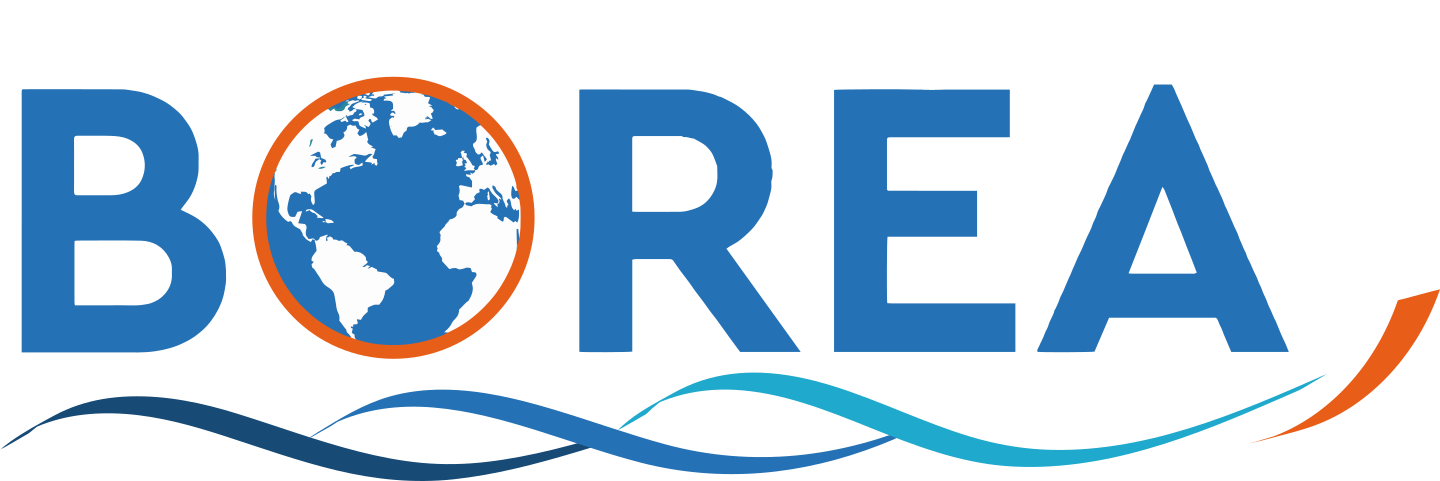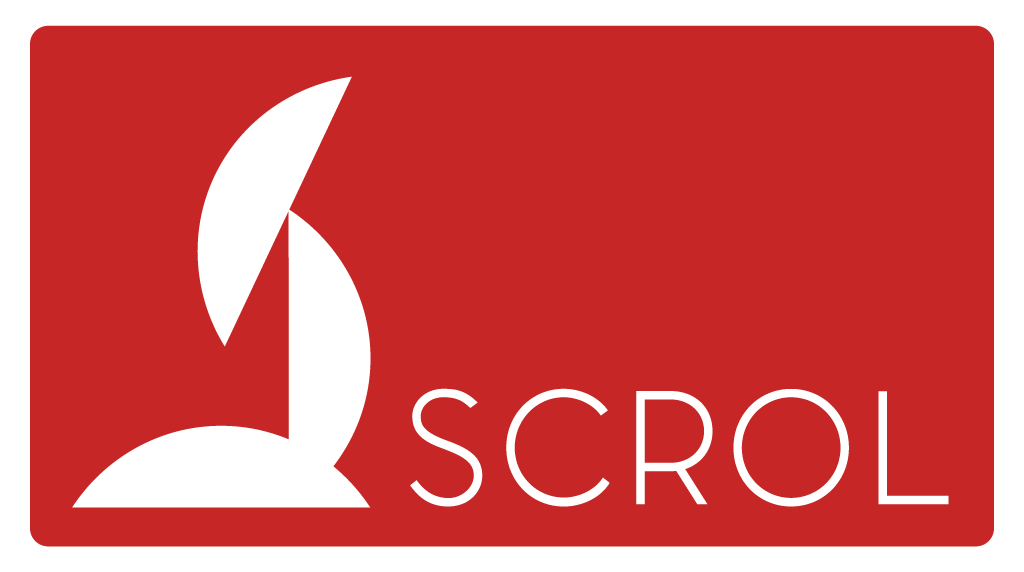Journal
Coral reefs host immense biodiversity. The species that live concealed within the reef matrix, the cryptobiome, represent a major component of this diversity and are essential to reef functioning. However, the drivers of their composition and distribution remain incompletely understood. We deployed 27 autonomous reef monitoring structures (ARMS) for 2 yr at 9 outer slope sites on the fringing reefs along the west and southwest coasts of Reunion Island (south-west Indian Ocean). Photo-analysis of the sessile cryptobenthic communities (SCCs) on ARMS plate faces revealed that Rhodophyta, Annelida, Bryozoa, Porifera, Foraminifera, and Ascidiacea were the most abundant taxa. Oceanic distance, habitat characteristics, and environmental parameters were analysed to assess factors controlling the SCCs at various spatial scales. Presence–absence and abundance-based dissimilarity metrics revealed the relative contributions of deterministic and stochastic processes driving SCC beta diversity. At the ARMS unit scale, SCC composition was strongly linked to plate face orientation and exposure to the environment. Along the Reunion coral reef coast, community dissimilarity was associated with discontinuities of reef habitat, grouping SCCs into 4 geographical zones based on environmental factors (sea surface temperature, wave height, water flow velocity). Our results suggest that the SCC membership of taxa may be primarily driven by stochastic processes such as random larval dispersal and settlement on each reef, while their relative abundance within the community may be influenced by deterministic niche-based processes. These findings improve our understanding of the drivers of coral reef biodiversity in support of the conservation of these ecosystems.

